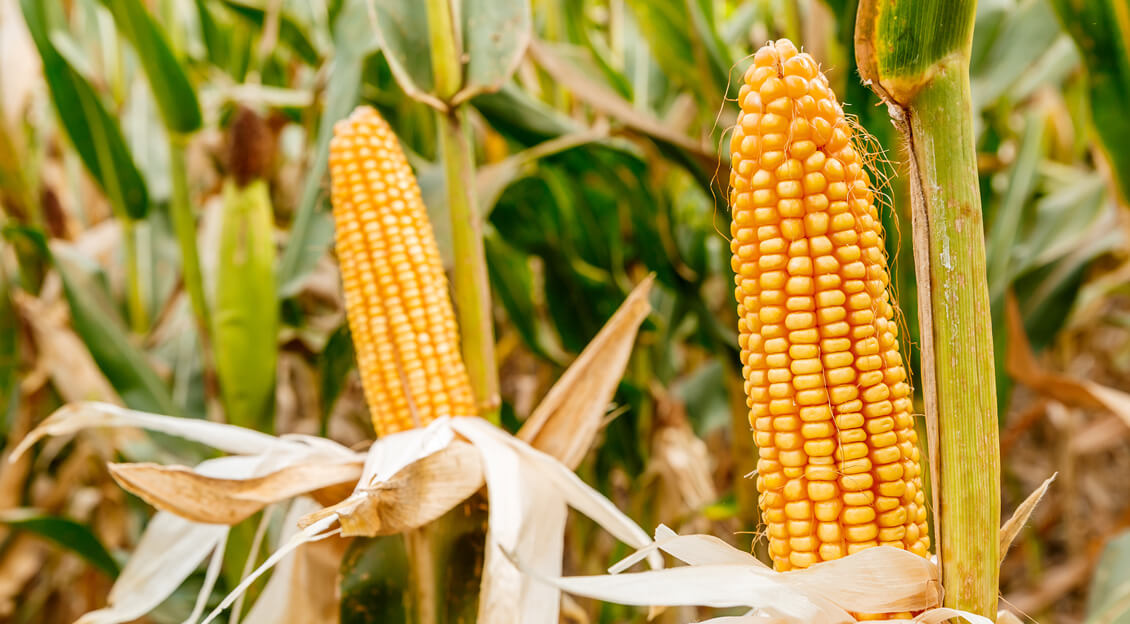


Confronting spodoptera frugiperda—a "corn killer" capable of migrating hundreds of kilometers overnight, which triggered a 37% maize yield reduction in Zambia in 2024 (a 16-year low) and provoked resistance crises in Brazil and Mexico, Ecophero leverages its patented blend Z9-14:Ac + Z7-12:OAc (100:0.6) synergized with 1% nonanal. This formulation deploys a triple-action mechanism (attraction/trapping, mating disruption, and repellence) to achieve cross-continental control: in Brazilian mega-farms, microencapsulated slow-release formulations boosted adult capture by 3.2-fold while reducing corn/soybean field larval density by 82% and pesticide costs by 30%; gel granules developed for Zambian smallholders covered 220,000 hectares of maize fields, slashing larvae by 90%; EU-certified eco-dispersers deployed in Mexican cotton fields synergized with targeted spraying, extending resistance development cycles fivefold.This technology has been adopted as a core solution in the FAO’s Global Integrated Pest Management Programme, validated across 14 Asian, African, and Latin American countries—with comparative trials in Yunnan and Zambia demonstrating 78%-91% pest density reduction and >50% pesticide decrease while safeguarding pollinator ecological security. As the global pheromone market is projected to exceed $516 million by 2030, Ecophero’s molecular signaling network now safeguards 120 million hectares of farmland worldwide, with localized strategies (Brazilian planter-integrated deployment systems, African solar-powered IoT traps) continuously rewriting the "chemical code of food security" on a global scale.

Share your contact information to receive precision-matched pheromone solutions. Should our existing portfolio lack an optimal fit, our synthetic chemistry team will initiate custom development—from molecular structure design to scaled production.